The Amazon Rainforest is one of the most fascinating and diverse places on Earth, a lush green expanse teeming with life and mystery. While you might be familiar with its stunning biodiversity and its vital role in regulating the Earth’s climate, there are some unusual facts about this incredible ecosystem that might surprise you. Buckle up as we dive into these 13 weird facts about the Amazon Rainforest that sound fake but are, in fact, true!
1. The Amazon Has “Flying Rivers”
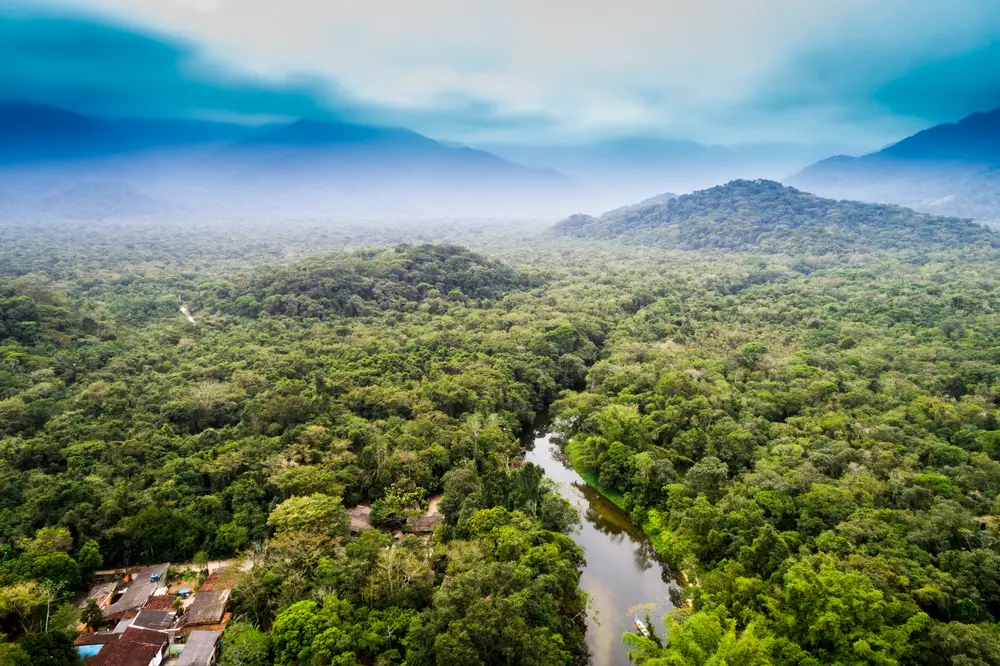
You might think rivers only flow along the ground, but the Amazon has something called “flying rivers.” These are massive volumes of water vapor that rise from the forest’s vast canopy, traveling thousands of miles in the sky. According to the World Wildlife Fund, the Amazon releases over 20 billion tons of moisture into the atmosphere every day, creating these aerial rivers. It’s as if the rainforest is breathing, exhaling vast clouds of moisture that significantly impact weather patterns, even as far away as Argentina.
These flying rivers are crucial for the continent’s agriculture and hydrology, influencing rainfall across South America. What’s even more fascinating is that the trees themselves play a vital role in sustaining these rivers. By transpiring moisture through their leaves, they contribute to cloud formation and, consequently, rainfall. So, when you hear that the rainforest is the world’s “lungs,” it’s not just a metaphor; it’s a reality that influences weather far beyond its borders.
2. The Amazon Is Home to “Zombie” Ants
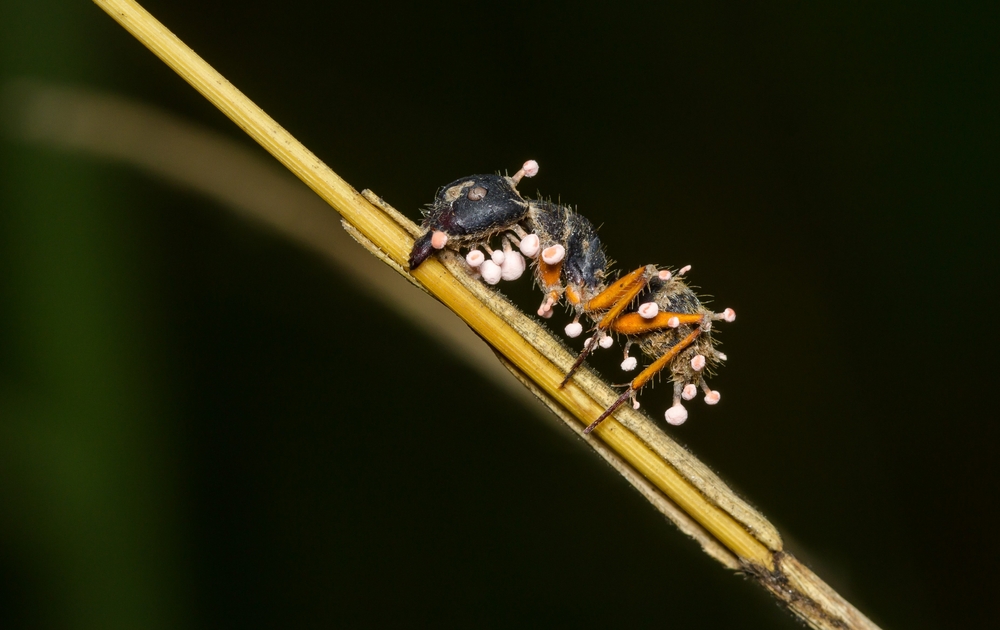
Deep in the Amazon, there’s a peculiar type of fungus that turns ants into “zombies.” The fungus, known as Ophiocordyceps, infects ants and takes over their bodies, directing them to climb vegetation before killing them. According to National Geographic, once the ant is in the perfect spot for the fungus to thrive, it sprouts out of the ant’s head, releasing spores to infect more ants. This creepy life cycle sounds like science fiction, but it’s a fascinating example of nature’s bizarre ingenuity.
This macabre relationship highlights the complex interplay between species in the Amazon. Every organism, no matter how strange, plays a role in the ecosystem’s balance. The fungus’s ability to manipulate ants ensures its survival while also controlling ant populations. It’s a reminder of how interconnected life in the rainforest truly is, with each bizarre detail contributing to the whole.
3. The Amazon Once Flowed in the Opposite Direction
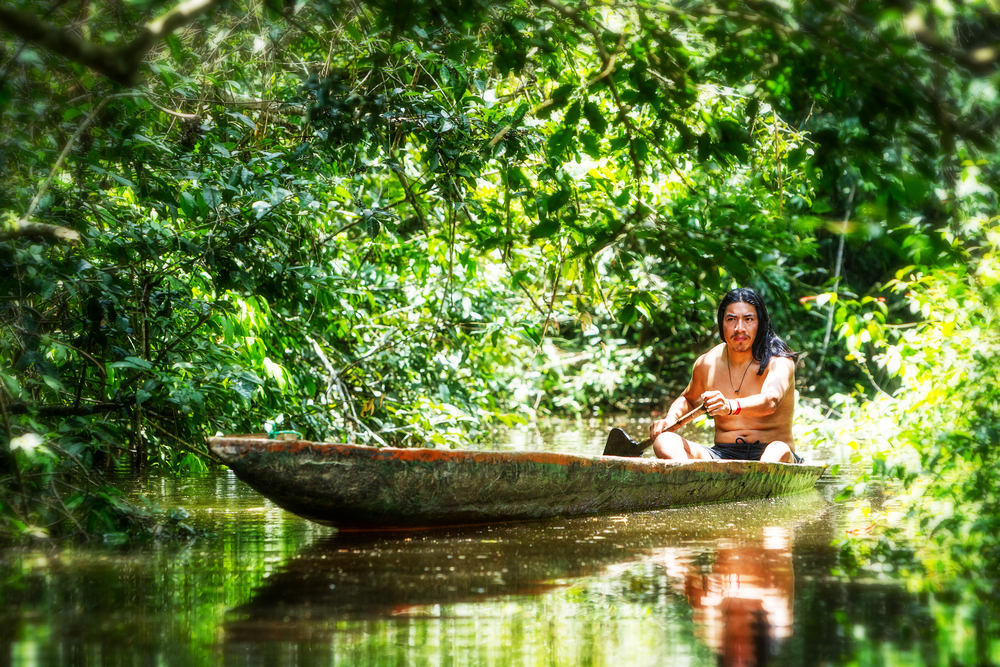
Believe it or not, the mighty Amazon River once flowed in the opposite direction, from east to west. This reversal occurred millions of years ago, driven by tectonic shifts and the rise of the Andes Mountains. As the mountains formed, they blocked the river’s path, forcing it to change course and flow from west to east, as it does today. This monumental geological change has shaped the river’s current path and the surrounding rainforest.
The ancient Amazon’s change of direction had significant implications for the ecosystem, creating new landforms and habitats. Its modern flow carries nutrient-rich sediments from the Andes, nourishing the vast forest and supporting its rich biodiversity. This mighty river, which now flows over 4,000 miles, is a testament to the Earth’s dynamic and ever-changing nature. Understanding its history offers insight into how landscapes evolve over millennia.
4. The Amazon Has Trees That “Walk”
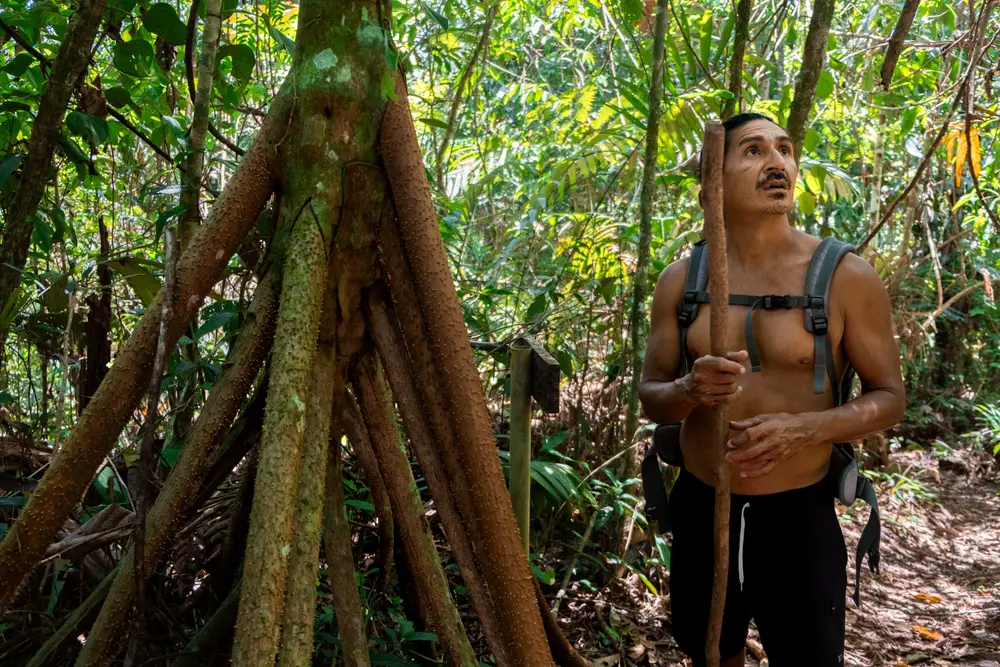
Imagine a tree that can “walk” across the forest floor—sounds like something out of a fantasy novel, right? Yet, the walking palm tree, or Socratea exorrhiza, is said to do just that. While it doesn’t exactly stride like a human, this tree has a unique way of growing new roots that gradually enable it to shift position, albeit very slowly. Over years, this allows the tree to move towards better sunlight or more stable ground, ensuring its survival in a dynamic environment.
This slow-motion migration is possible thanks to the tree’s stilt-like roots, which provide mobility and support. As the tree grows new roots in the direction it wants to move, it lets older roots die off, effectively “walking” across the forest floor. Although the science behind this phenomenon is still debated, the walking palm is a perfect example of the adaptability of Amazonian flora. It showcases how life in the rainforest has evolved unique strategies to cope with challenges like competition for sunlight.
5. Pink Dolphins Swim Through Its Waters
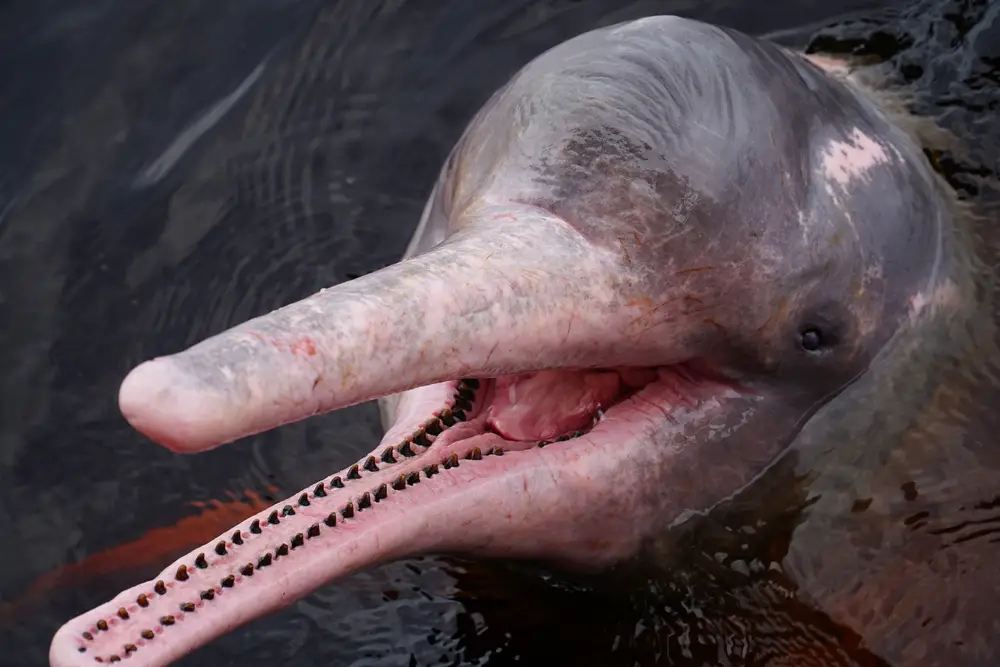
The Amazon is home to the enchanting pink river dolphin, also known as the boto. Unlike their oceanic cousins, these freshwater dolphins have a distinctive pink hue, which becomes more vibrant as they mature. These playful creatures are a symbol of the Amazon’s rich biodiversity and are known for their curious and friendly nature towards humans. Their pink coloration is thought to be influenced by factors like diet, water temperature, and even blood flow near the surface of their skin.
Pink river dolphins are highly intelligent and have large brains relative to their body size. They use echolocation to navigate the murky waters and hunt for prey, which includes fish and crustaceans. Sadly, these dolphins face threats from habitat destruction, pollution, and entanglement in fishing gear. Conservation efforts are underway to protect these unique creatures and their habitat, ensuring that pink dolphins remain a vibrant part of the Amazon’s aquatic life.
6. The Amazon Holds Hidden Lost Civilizations
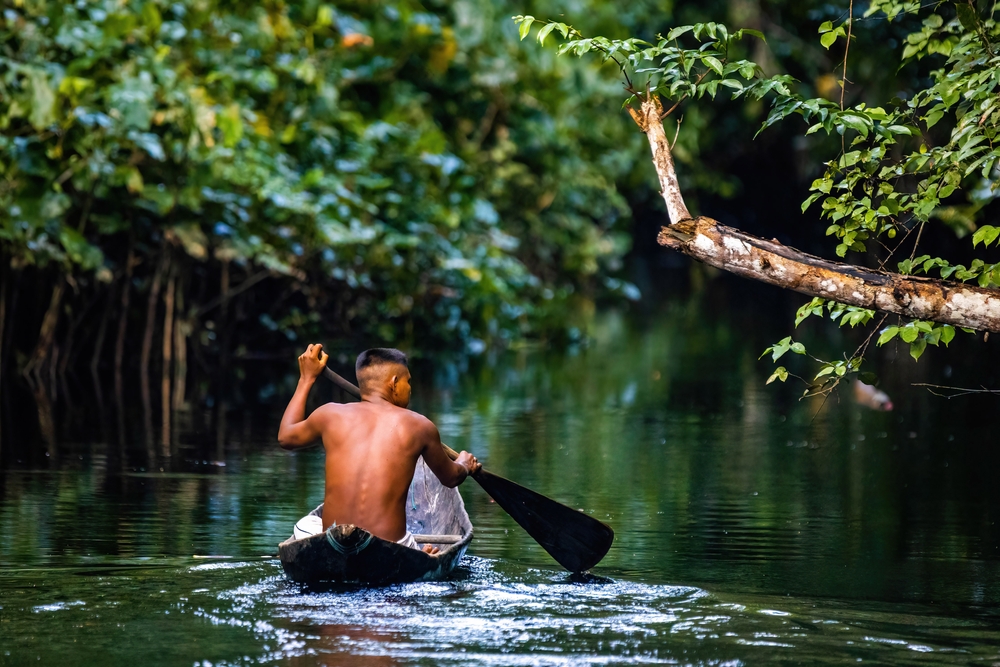
Beneath the dense canopy of the Amazon, archaeologists have uncovered evidence of ancient lost civilizations. Recent discoveries using advanced technology, like LiDAR, have revealed the remnants of large settlements, including geometric earthworks and complex societies that existed long before European contact. These findings challenge the previous belief that the rainforest was uninhabitable for large populations. Instead, they suggest that the Amazon was a thriving hub of human activity, with sophisticated agricultural practices.
These ancient civilizations were highly skilled in managing their environment, using techniques like terra preta, a type of fertile, man-made soil, to enhance agricultural productivity. The discovery of these lost worlds is reshaping our understanding of pre-Columbian history in the Amazon. It highlights the resilience and innovation of the people who once thrived in this challenging environment. As researchers continue to explore, who knows what other secrets the Amazon might reveal about its past?
7. The Amazon Produces 20% of the World’s Oxygen

Often referred to as the “lungs of the Earth,” the Amazon Rainforest plays a crucial role in producing oxygen and absorbing carbon dioxide. It’s estimated that the rainforest generates around 20% of the world’s oxygen through photosynthesis. While this statistic is impressive, it’s important to note that most of this oxygen is used by the forest itself. The Amazon’s role in maintaining the Earth’s oxygen balance is more about carbon storage and climate regulation than direct oxygen production.
Despite this, the Amazon’s contribution to global ecological balance is invaluable. By absorbing vast amounts of carbon dioxide, it helps mitigate the effects of climate change. The forest’s health is critical to maintaining biodiversity and supporting countless species, including humans. As deforestation and climate change threaten its existence, preserving the Amazon is more vital than ever for the planet’s wellbeing.
8. It’s Home to a Fish That Eats Fruit
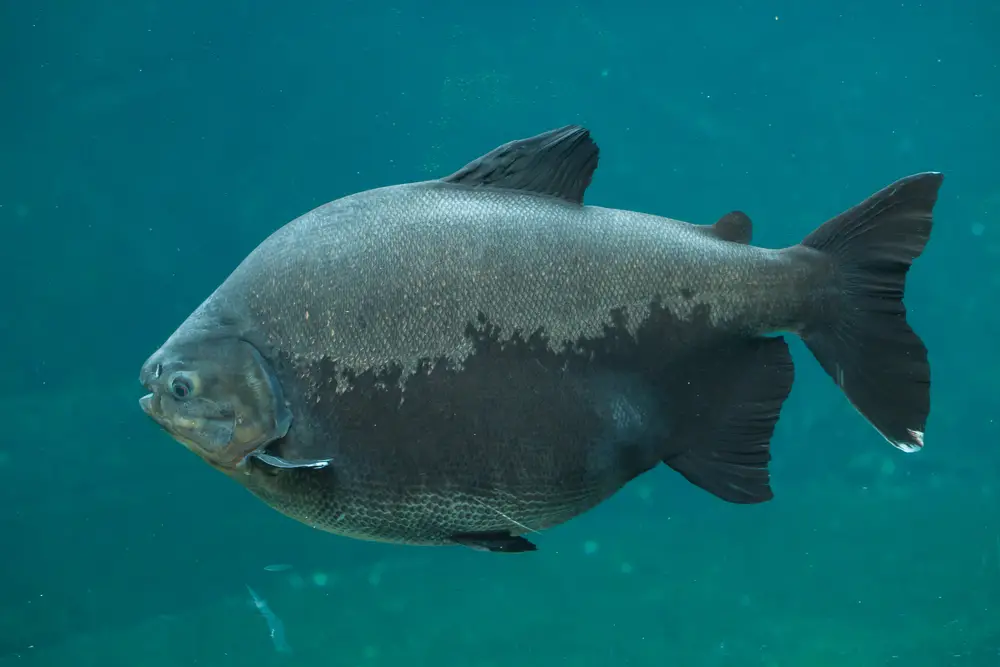
In the Amazon’s flooded forests, there’s a unique fish known as the tambaqui, or Colossoma macropomum, that has a taste for fruit. These large, herbivorous fish play a vital role in the ecosystem by dispersing seeds from the fruits they consume. As the fish travel through the water, they excrete seeds, helping to regenerate the forest and maintain its biodiversity. This seed-dispersal process is a crucial ecological function, supporting the growth of new trees and plant life.
The tambaqui’s unusual diet is a perfect example of the interconnectedness of life in the Amazon. Its role highlights the importance of preserving both aquatic and terrestrial habitats to maintain ecological balance. These fish are also culturally significant for local communities, serving as a source of food and income. Protecting the tambaqui and other species is essential for the health of the Amazon and the people who depend on it.
9. The Amazon Has a Rainforest Within a Rainforest
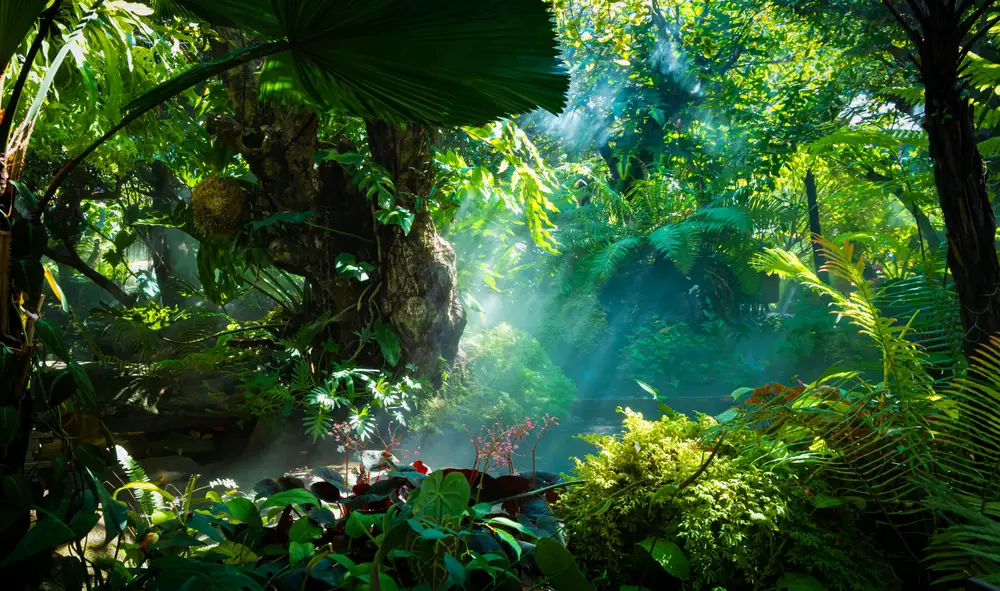
Within the vast Amazon, there’s a unique ecosystem known as the igapó, or blackwater flooded forest. These forests are submerged for several months each year, creating a “rainforest within a rainforest.” The water in these areas is dark due to the decomposition of organic matter, giving it a distinctive black color. This ecosystem is home to specially adapted plants and animals, including fish, amphibians, and birds that thrive in the fluctuating conditions.
The igapó forests are an essential part of the Amazon’s biodiversity, providing habitat and resources for countless species. They also play a critical role in nutrient cycling, as the flooding and drying cycles help break down organic matter and enrich the soil. This dynamic environment showcases the Amazon’s incredible adaptability and complexity. It’s a reminder of the delicate balance that sustains life in one of the most diverse places on Earth.
10. Some Amazon Rivers Run Black
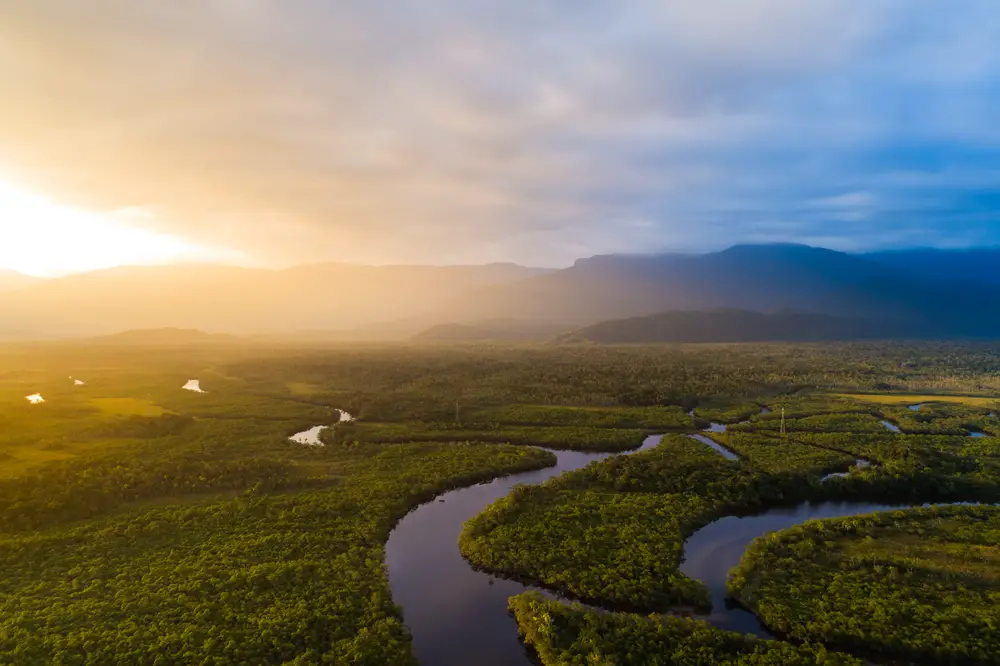
While many rivers in the Amazon are muddy and brown, some run black due to their unique chemical composition. The Rio Negro is the largest blackwater river in the world, and its dark color comes from tannins and organic acids leached from decaying vegetation. This acidic water is less hospitable to many forms of life, leading to lower biodiversity compared to clearwater and whitewater rivers. However, the Rio Negro’s unique conditions support a specialized set of species adapted to its environment.
The blackwaters of the Rio Negro have a lower nutrient content, which influences the types of plants and animals that can survive there. Despite the challenging conditions, this river is home to an array of fascinating species, including pink river dolphins and various bird species. The stark contrast between blackwater and whitewater rivers highlights the Amazon’s diverse aquatic ecosystems. Each river type plays a role in the complex web of life that defines this remarkable region.
11. The Amazon Hosts the World’s Largest Tropical Peatland
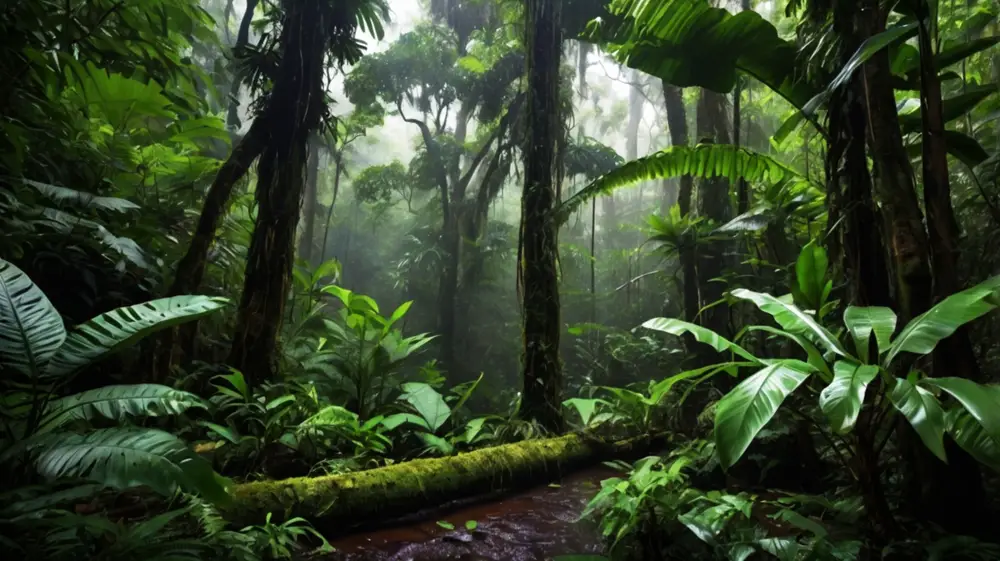
Beneath the Amazon’s trees lies a hidden world of peat, a carbon-rich substance formed from partially decayed vegetation. The Cuvette Centrale peatlands, located in the Congo Basin, are the world’s largest tropical peatland, but the Amazon also hosts significant peat deposits. These peatlands are crucial carbon sinks, storing vast amounts of carbon and playing a vital role in regulating the Earth’s climate. They are delicate ecosystems, vulnerable to disturbances like drainage and deforestation.
The protection of these peatlands is essential for climate change mitigation, as their destruction would release stored carbon into the atmosphere. The Amazon’s peatlands also support unique plant and animal life, adapted to the waterlogged conditions. As scientists continue to study these areas, they uncover the critical ecological functions peatlands serve. Preserving these hidden treasures is vital for maintaining global ecological balance and combating climate change.
12. The Amazon’s Canopy is a Vertical World of Its Own
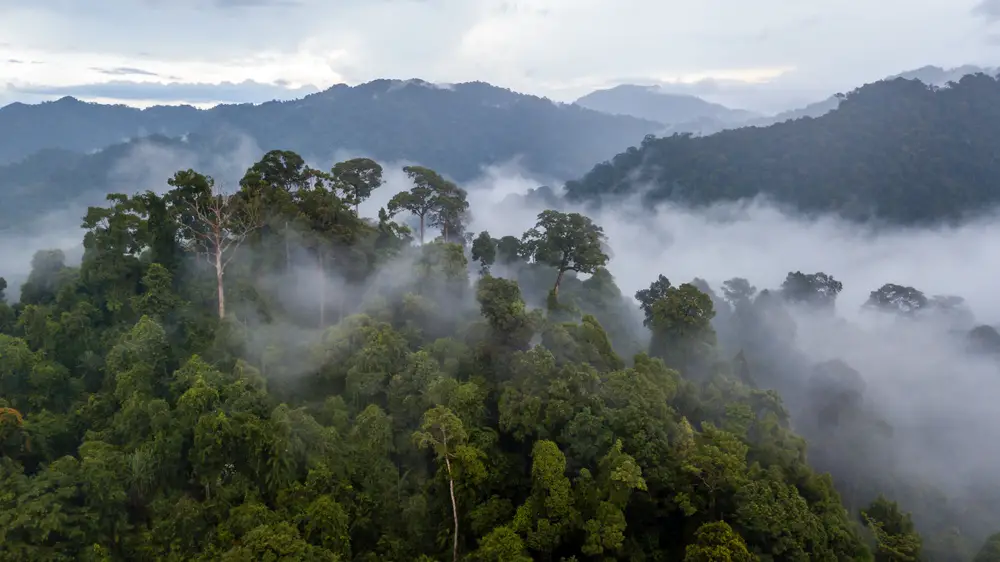
The Amazon’s canopy is a complex and vibrant ecosystem that exists high above the forest floor. This green roof is home to an incredible diversity of life, including birds, insects, and plants that never touch the ground. The canopy supports its own food webs and microclimates, with species adapted to life in the treetops. Some researchers consider it a distinct “vertical” world, with its own unique adaptations and interactions.
Exploring the canopy reveals new species and insights into the intricate workings of the rainforest. Scientists use various methods, like canopy walkways and cranes, to study this elevated ecosystem. The canopy’s importance extends beyond its biodiversity; it plays a crucial role in regulating the forest’s climate by controlling light, humidity, and airflow. Understanding and preserving this vertical world is essential for the overall health of the Amazon Rainforest.
